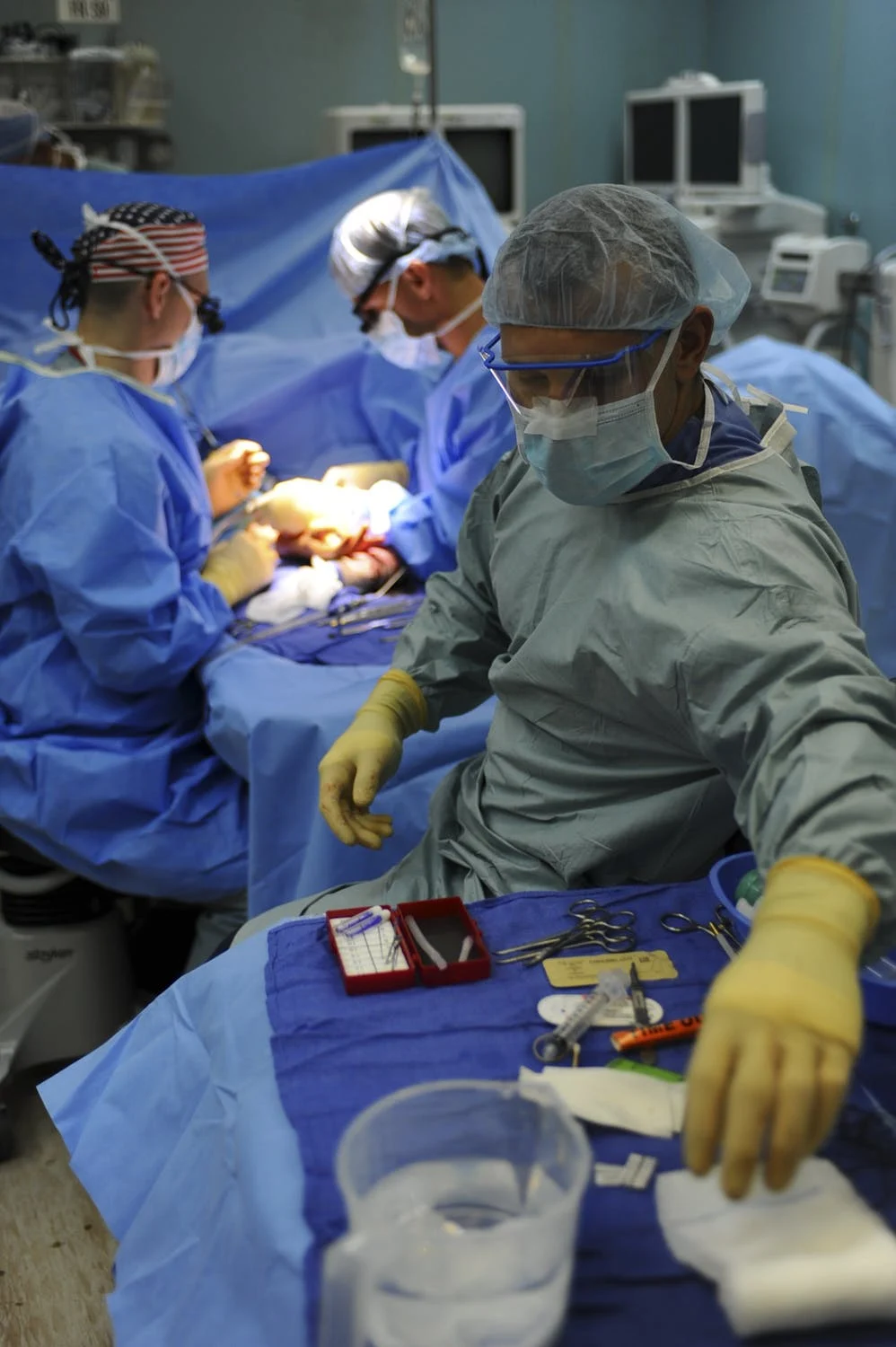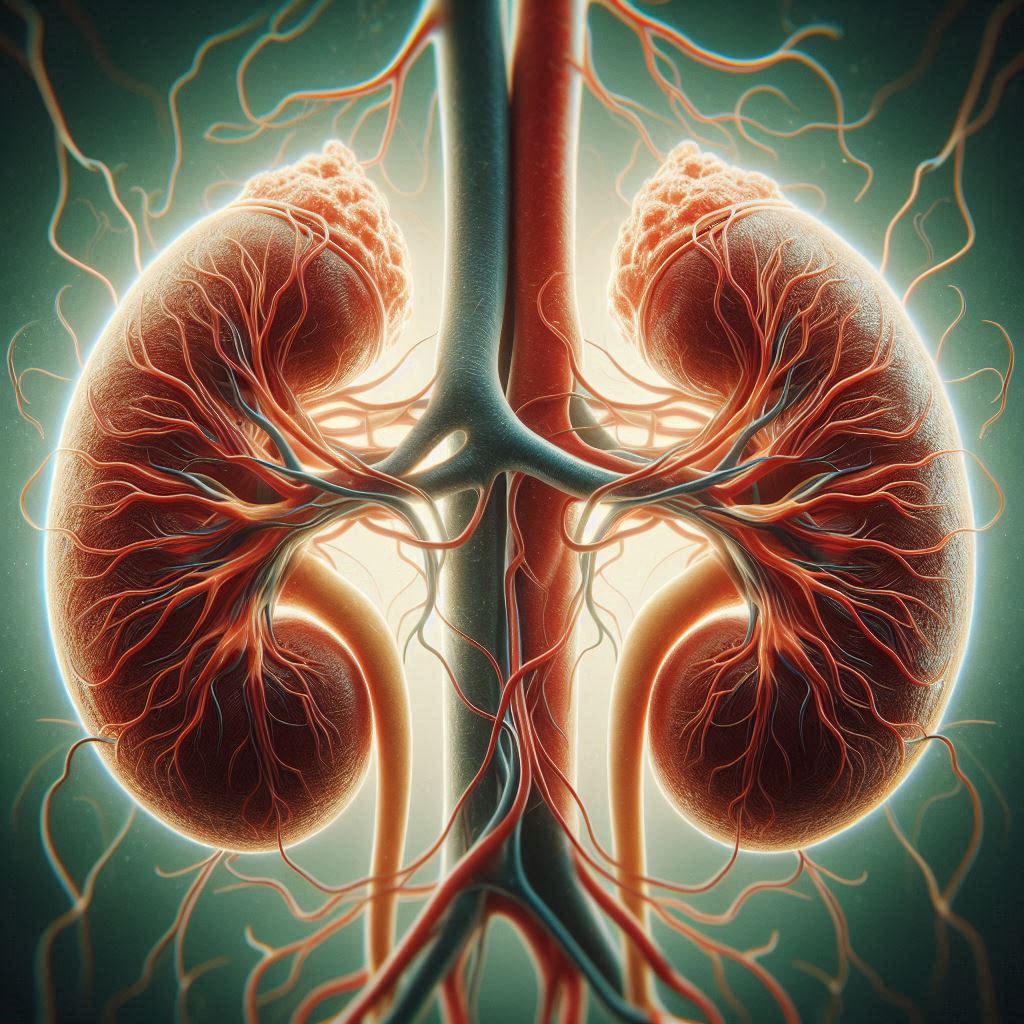In the context of heparin-induced thrombocytopenia (HIT), “HIT 1” (Type 1) is a mild, non-immune-mediated condition with a transient drop in platelet count, while “HIT 2” (Type 2) is a more severe, immune-mediated reaction that can lead to life-threatening thrombotic events.
Here’s a more detailed comparison:
HIT 1 (Type 1):
Mechanism: Non-immune mediated, likely due to a direct effect of heparin on platelets.
Timing: Occurs early, within the first few days of heparin exposure.
Severity: Mild, with a transient drop in platelet count that usually resolves without stopping heparin therapy.
Risk: Not associated with thrombosis or other complications.
Management: Usually managed expectantly without discontinuing heparin.
HIT 2 (Type 2):
Mechanism:
Immune-mediated, caused by antibodies against the heparin-platelet factor 4 (PF4) complex.
Timing:
Occurs later, 5-14 days after heparin exposure.
Severity:
Can be severe, with a significant drop in platelet count and a high risk of thrombotic events.
Risk:
Can lead to life-threatening thrombotic events, such as deep venous thrombosis, pulmonary embolism, and myocardial infarction.
Management:
Requires immediate discontinuation of all heparin products and initiation of alternative anticoagulation.
heparin-induced thrombocytopenia (HIT) type 1 vs type 2
In the context of heparin-induced thrombocytopenia (HIT), “HIT 1” (Type 1) is a mild, non-immune-mediated condition with a transient drop in platelet count, while “HIT 2” (Type 2) is a more severe, immune-mediated reaction that can lead to life-threatening thrombotic events.Here’s a more detailed comparison:HIT 1 (Type 1):Mechanism: Non-immune mediated, likely due to a direct…



Leave a Reply